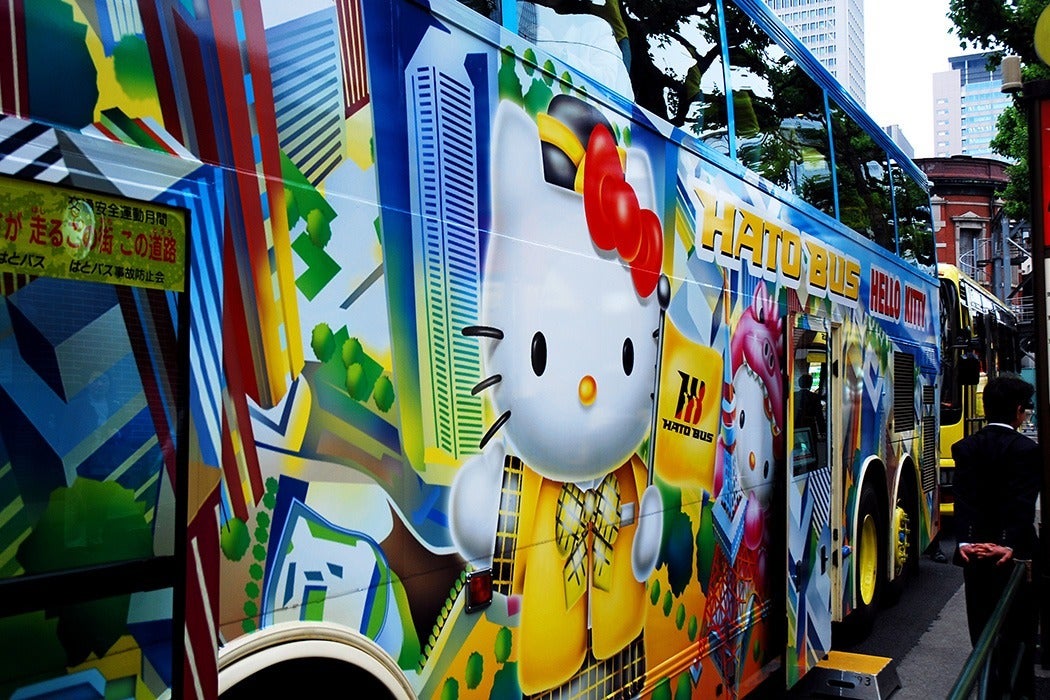Anyone living in an urban area knows well that ever-present construction sites can be a nuisance (and sometimes, a danger). Tokyo has thought of a way to make the sites a bit more appealing and, Japan being Japan, the answer is cute: cartoon road signs. Hello Kitty figures hang off bars to warn people away from holes, while elephants and dolphins decorate road barriers.
This is all part of the culture of kawaii, or “cute,” that brought us Pikachu and Sanrio. The rest of the world has long been fascinated by kawaii, writes researcher Christine Yano in an article for the Journal of Asian Studies. There’s a Sanrio (which brought us Hello Kitty) in Times Square, while the MAC brand of makeup has a Hello Kitty line. How did this type of cute become so popular everywhere, and yet still so closely associated with Japan?
The widespread Japanese embrace of cute has always been self-aware and political, according to Yano. Icons like Hello Kitty were always intended to be global and the Sanrio’s founder even said that it was meant to be “the Japanese cat that overtook the American mouse.” The attitude toward kawaii has, of course, at times been mixed. Op-eds and critics have suggested that it infantilizes the country, calling Hello Kitty a potential embarrassment abroad, linking Japan too closely to kitsch.
The aggressive development of this aesthetic was not fully organic, but in fact developed with a “global wink,” as part of Japan’s plan to build cultural cachet overseas. Being associated with coolness and youth, especially globally, brings a lot of power—just ask any of the social-media sites desperate not to lose their teen users.
Weekly Newsletter
So the government has embraced the designation, eager to rebrand the world’s perception of a staid culture characterized by honor and samurai to a more playful, feminized Japan. The Japanese postal service has issued Hello Kitty stamps, thus bestowing upon it official approval. The country even has a “cartoon culture ambassador” (a robotic cat named Doraemon) and has named Hello Kitty its official tourist ambassador to Hong Kong and China.
This sort of “pink globalization” has been a boon to artists such as Takashi Murakami, who has worked in this “cute” style and has said that the export of this culture can bring Japan to new heights. In his eyes and the eyes of the government, kawaii is a means for cultural dominance. For corporations, it’s a means to make money and expand their business overseas. And for people who operate construction sites, it’s a way of reinforcing safety while amusing people—and building the country’s brand by garnering international coverage.







